enforex_pages_landing_block_69d8f979-8aad-4546-9d16-6d4c19330e1b
Besides Spain’s Royal Spanish Academy, there are 21 other official Spanish academies around the world that promote and regulate the Spanish language, including the US’s misleadingly named North American Academy of Spanish (Academia Norteamericana de la lengua española, known by its initials ANLE).
The Spanish Language in the US
The ANLE admits in its website that it should be called the “United States Academy of the Spanish Language”, then goes on to explain that it didn’t take that name when the academy was established in 1973 because the state of New York would not accept it, as it sounded too much like the name of a governmental institution. The website also includes articles that cover topics of interest such as whether or not Spanish should be considered a foreign language in the US.
From June 6 - 8, the ANLE will be holding its first conference in the organization’s 40 year history. Under the motto “unidad en la diversidad” (unity in diversity), the conference will be held at the Library of Congress in Washington DC , where participants will explore and discuss Spanish use in the United States and the presence of Hispanic cultures in American economics, politics, history, etc.
The ANLE has made great efforts to standardize US Spanish. The academy’s latest book, entitled Hablando bien se entiende la gente, touches on common errors and alternatives to popular English loan words that are often false friends, such as the use of the word “aplicar” to refer to applying for a job. The ANLE also airs on Univision 41 (in New York, California and Washington DC) a program called “digalo bien” which uses everyday examples, accessible language and a bit of humor to offer short pieces of advice on Spanish language usage. Episodes are also available for view on Univision’s website.
In a recent interview with the Spanish newspaper El Pais, the director of the academy expressed optimism when asked about the state of the Spanish language in the US, mentioning the 50 million speakers that live there, but going on to point out that the ANLE is more interested in the quality than the quantity of Spanish being used. He also described Spanish in the US as a language that is greatly influenced by English. When asked how Spanglish affected the academy’s mission of promoting quality Spanish use, he explained that while the ANLE pays attention to the phenomenon because it’s an interesting topic, they don’t “lose any sleep over it […] Spanglish will never become the language of the US”.
The ANLE is the youngest member of the Association of Spanish Language Academies. Member academies meet every four years. The Philippine Academy of the Spanish Language is the only other member not based in a country or region in which Spanish is the most spoken language. Although Spanish is the second most spoken language in the US, it is expected to become the country with the most Spanish speakers in the world by the year 2050.
 1. Rock n' Roll Madrid - Athletics (April)
1. Rock n' Roll Madrid - Athletics (April) 2. Open de España - Golf (April/May)
2. Open de España - Golf (April/May) 3. The Mutua Madrid Open - Tennis (May)
3. The Mutua Madrid Open - Tennis (May)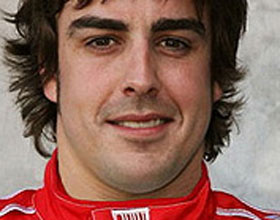 4. Spanish Formula 1 Grand Prix - Auto racing (May)
4. Spanish Formula 1 Grand Prix - Auto racing (May) 5. Red Bull X-Fighters International Frestyle Motocross - Motocross (July)
5. Red Bull X-Fighters International Frestyle Motocross - Motocross (July) 6. Descenso del Sella - canoeing (August)
6. Descenso del Sella - canoeing (August)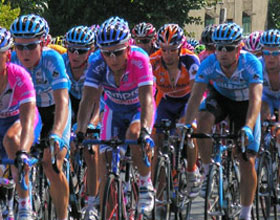 7. Vuelta a España - Cycling (August - September)
7. Vuelta a España - Cycling (August - September) 8. 2014 FIBA World Cup - Basketball (August 30 - September 2014)
8. 2014 FIBA World Cup - Basketball (August 30 - September 2014) 9. La Liga - Football (August - May)
9. La Liga - Football (August - May) 10. 2014 ISAF World Championships - Sailing (September)
10. 2014 ISAF World Championships - Sailing (September)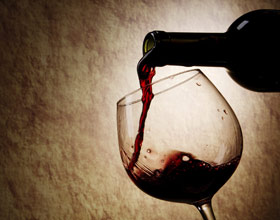 1. D.O. Navarra
1. D.O. Navarra 2. D.O. Chacolí de Guetaria
2. D.O. Chacolí de Guetaria 3. D.O. Bierzo
3. D.O. Bierzo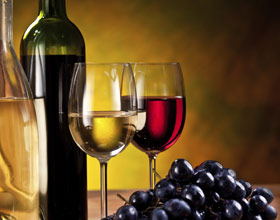 4. D.O. Ribeira Sacra
4. D.O. Ribeira Sacra 5. D.O. Ribera del Guadiana
5. D.O. Ribera del Guadiana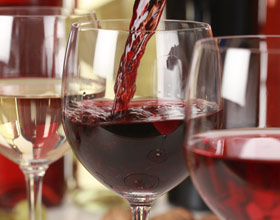 6. D.O. Sierras de Málaga
6. D.O. Sierras de Málaga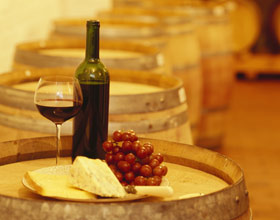 7. D.O. Alicante
7. D.O. Alicante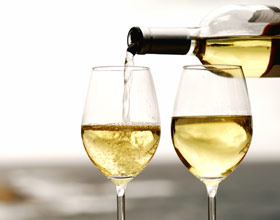 8. D.O. Pla i Llevant
8. D.O. Pla i Llevant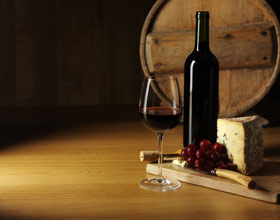 9. D.O. Lanzarote
9. D.O. Lanzarote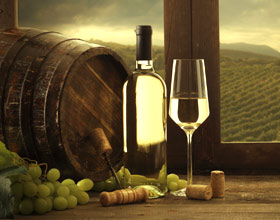 10. D.O. El Hierro
10. D.O. El Hierro